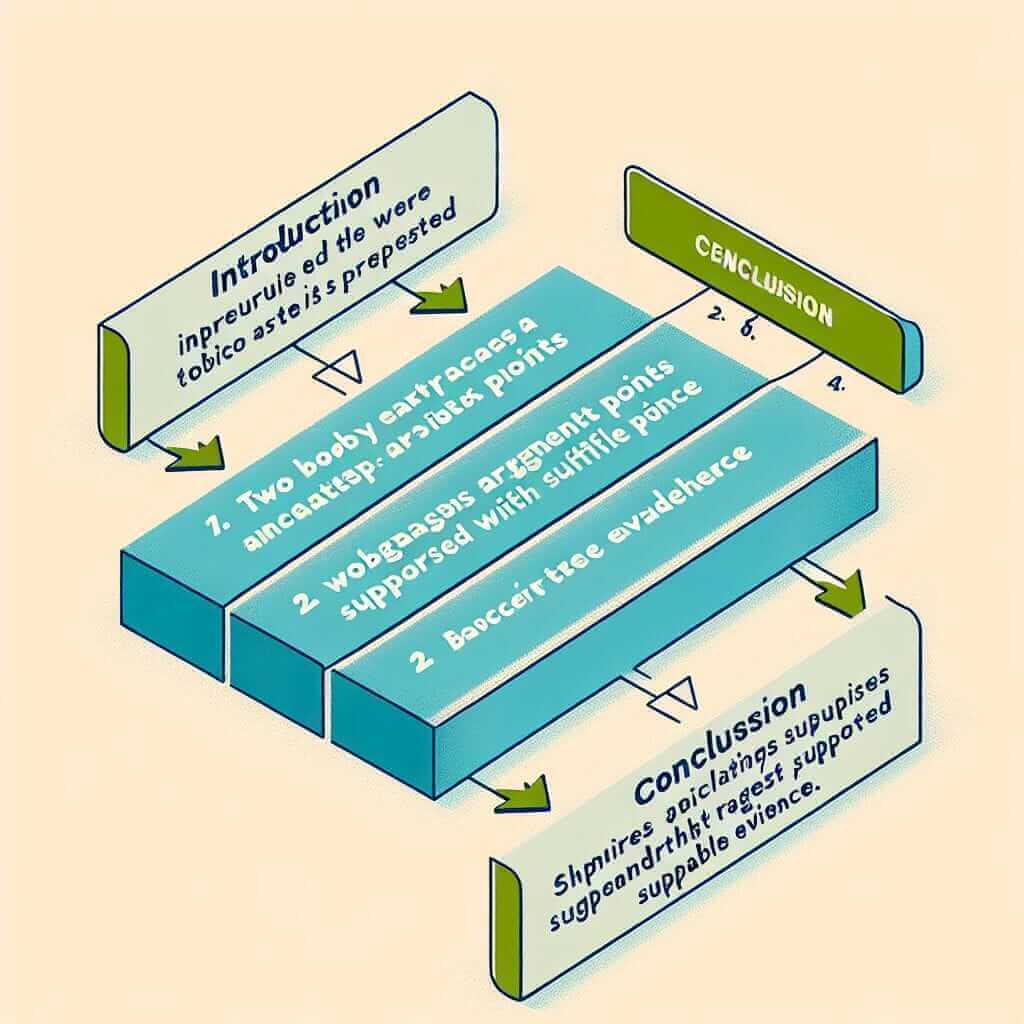“As substantiated by” is a phrase that indicates evidence or proof is being presented to support a claim. While not overly complex, using this phrase effectively demonstrates a strong command of academic language, which is highly valued in the IELTS exam, particularly in the Writing section. Let’s explore how this phrase can strengthen your writing.
Here are a few examples of how “as substantiated by” can be incorporated into different sections of the IELTS exam:
Essay (Task 2):
- “The argument for stricter environmental regulations is compelling, as substantiated by the increasing evidence of climate change.” (Here, “as substantiated by” introduces the supporting evidence for the argument.)
Report (Task 1):
- “The graph clearly shows a sharp increase in online sales in 2020, as substantiated by the data, which reveals a 300% rise compared to the previous year.” (In this case, “as substantiated by” emphasizes the visual evidence presented in the graph.)
Understanding “As Substantiated By” and Its Significance in IELTS
Using “as substantiated by” elevates your writing by:
- Formality and Academic Tone: It adds a formal and scholarly tone to your writing, demonstrating your ability to use sophisticated language.
- Clarity and Cohesion: It clearly links your claims with supporting evidence, enhancing the overall clarity and flow of your writing.
- Impressing Examiners: Employing such phrases effectively can positively influence the examiner’s perception of your language proficiency.
Using “As Substantiated By” Effectively
Here’s the formula for using this phrase:
[Claim/Argument] + , + as substantiated by + [Evidence/Proof]
Let’s break it down:
- [Claim/Argument]: State the point you’re making.
- , (comma): Use a comma to separate the claim from the phrase “as substantiated by.”
- as substantiated by: This phrase introduces the supporting evidence.
- [Evidence/Proof]: Present the data, example, or fact that supports your claim.

Application in IELTS Writing
Task 1 (Report):
-
“The pie chart illustrates that the most significant reason for student absenteeism is illness, as substantiated by the fact that it accounts for 60% of the total absences.”
This sentence effectively uses “as substantiated by” to connect the claim (most significant reason for absenteeism is illness) with the evidence from the pie chart (60%).
Task 2 (Essay):
-
“Many argue that technology has made our lives easier, as substantiated by the convenience of online shopping, instant communication, and access to vast information.”
Here, the phrase seamlessly introduces the examples that support the claim about technology making life easier.
Achieving a Higher Band Score
To score higher, consider these variations and synonyms:
- As evidenced by: “The company’s commitment to sustainability is evident, as evidenced by its recent investment in renewable energy sources.”
- As demonstrated by: “The effectiveness of the new teaching method was clearly demonstrated by the significant improvement in student test scores.”
- This is supported by: “The need for stricter gun control laws is undeniable. This is supported by the alarmingly high rate of gun violence in the country.”
Common Mistakes to Avoid
- Incorrect punctuation: Remember to use a comma before “as substantiated by.”
- Weak or irrelevant evidence: Ensure the evidence you provide strongly supports your claim.
- Overusing the phrase: While impressive, using it excessively can make your writing sound repetitive. Vary your language.
Conclusion
“As substantiated by” is a powerful tool to elevate your IELTS writing. By understanding its function and using it appropriately, you can present a more convincing and well-supported argument, ultimately improving your chances of achieving a high band score. Remember to practice integrating this phrase and its variations into your writing to enhance your command of academic language and impress the examiners.